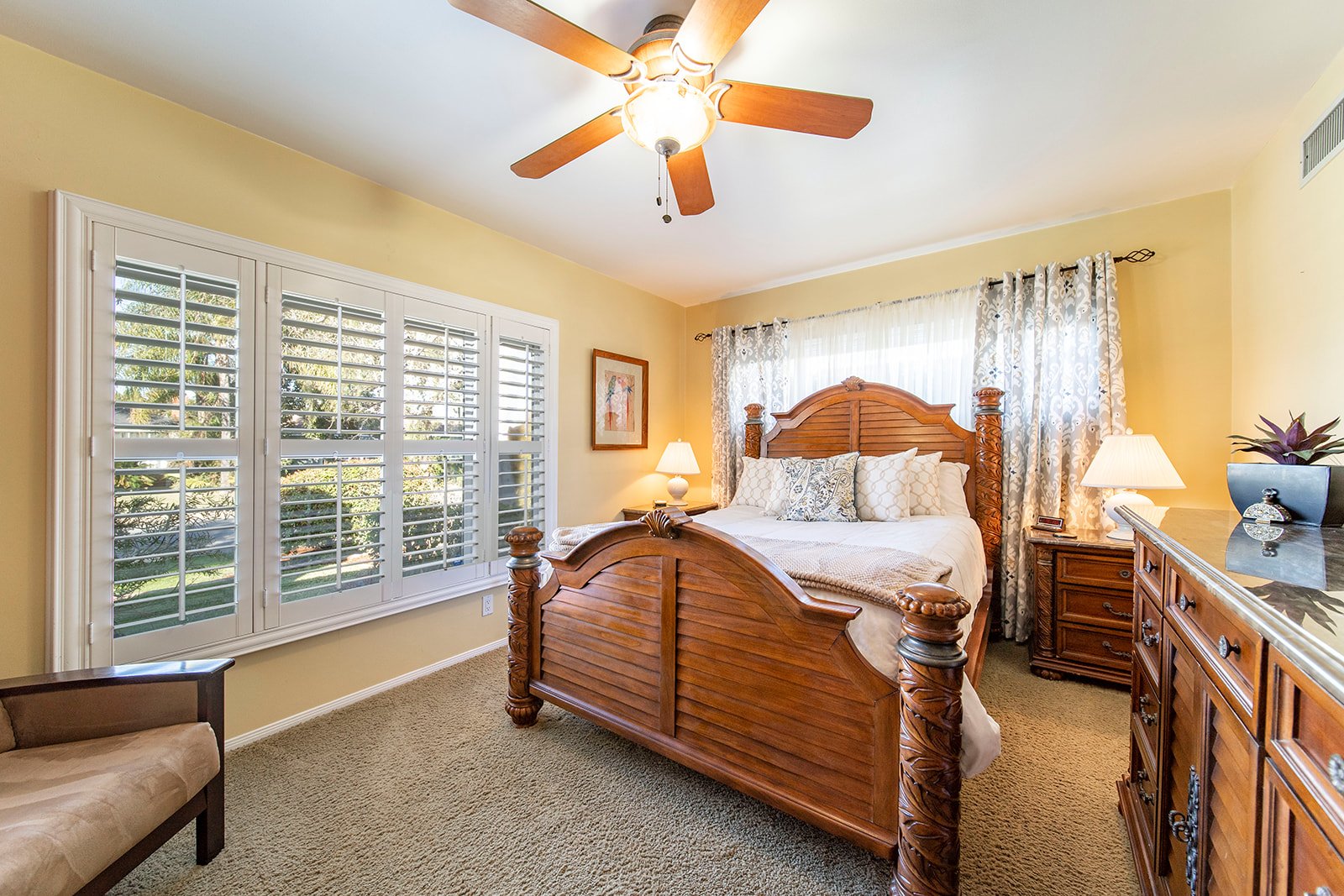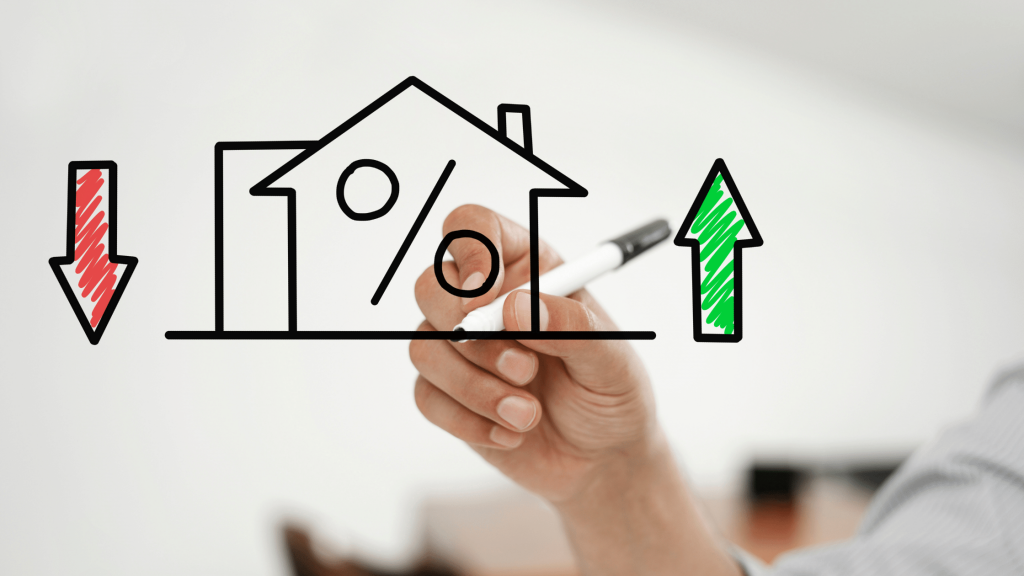Questions about mortgage rates and where they’re headed have been going around since early 2020. While much of the US economy floundered during the COVID-19 pandemic, real estate remained shockingly steady. There were a number of reasons for this, one of which was interest rates.
What Were Mortgage Rates Like in 2020?
Interest rates steadily went down over much of 2020. In fact, they only rose above 4% once in the entire year! While the rates generally hovered around 3%, in September of 2020, they dipped historically low and went below 3%. Depending on which day you were pre-approved, you could have gotten a rate as low as 2.807%. Compared to historical data, this was extremely low. In the 2010s, mortgage rates were generally between 4-5%. However, if you were shopping for a mortgage in the 1980s, you could have been paying somewhere around 10%! The highest interest rate in modern history was in 1991. That year the annual average was 16.63%!
Not surprisingly, many potential homeowners jumped at the chance of securing these low-interest rates. Homebuying became an absolute frenzy leading to sky-high prices and a historically low inventory of homes. For those who were already homeowners, many took advantage of the low rates and refinanced their homes.
Today
That leads us to today. Rates remained below 3% for the first two months of the year. However, in March 2021, they slowly started creeping up above 3% again. Then, just a few weeks ago they went back to about 2.9% and that’s where we are now. While low-interest rates have brought homebuying in reach of many people, it’s also leaving some concerned. Are these rates really sustainable? The fear is that the housing market is too hot. In fact, Treasury Secretary Janet Yellen recently said interest may need to go up so the economy doesn’t overheat.
Home prices are going up at astronomical rates. According to CoreLogic’s latest housing report for March 2021, the home price index went up 11.3% year over year. This is the highest recorded annual growth since March 2006. So while low interest rates are helping people qualify for homes, there is a double-edged sword. Many may get priced out of the market. It’s possible that rates going up a bit (in addition to new inventory) could help moderate home prices. However, there are no guarantees that this would happen. There is also no guarantee when it comes to rates and what they will do.
What Experts Are Saying About Interest Rates
Danielle Hale, Chief Economist, realtor.com:
“Our long-term view for mortgage rates in 2021 is higher. As the economic outlook strengthens, thanks to progress against coronavirus and vaccines plus a dose of stimulus from the government, this pushes up expectations for economic growth . . . .”
Lawrence Yun, Chief Economist, National Association of Realtors (NAR):
“In 2021, I think rates will be similar or modestly higher . . . mortgage rates will continue to be historically favorable.”
Freddie Mac:
“We forecast that mortgage rates will continue to rise through the end of next year. We estimate the 30-year fixed mortgage rate will average 3.4% in the fourth quarter of 2021, rising to 3.8% in the fourth quarter of 2022.”
How Do Mortgage Rates Affect You?
We’ve said it a million times before but it bears repeating: we do not have a crystal ball. We can’t see the future, and when it comes to real estate, there are never any guarantees. However, we do know that now is a great time to buy a house. Purchasing before mortgage interest rates rise may help you save significantly over the life of your home loan. Plus, you don’t want to miss out on any of the other financial benefits of buying a home.
If you’re curious about how mortgage rates affect you, let’s talk! We can speak to you about the market generally, or we can refer you to a lender to talk more specifically about rates and what you qualify for. To get in touch, please fill out the form below, or give us a call at 562.896.2456.




Leave a Reply